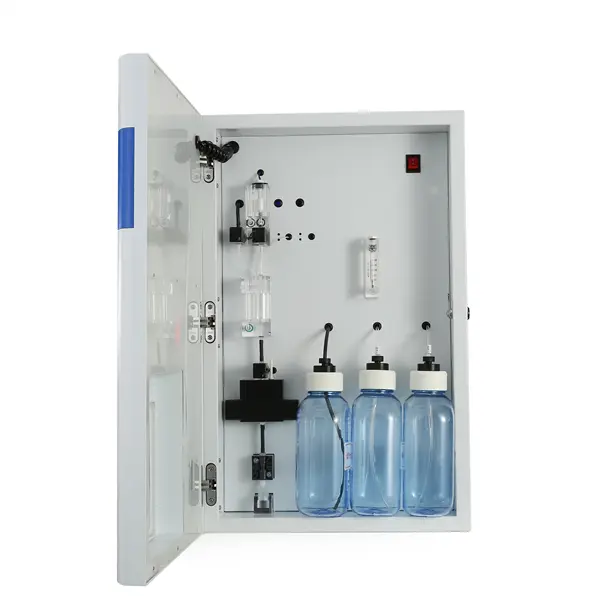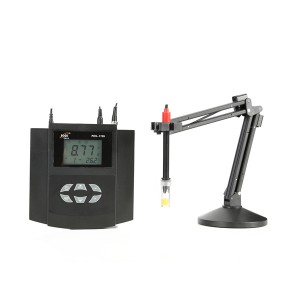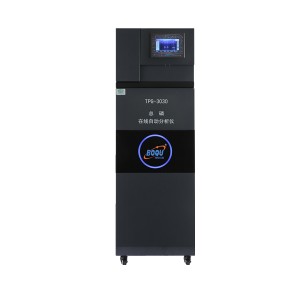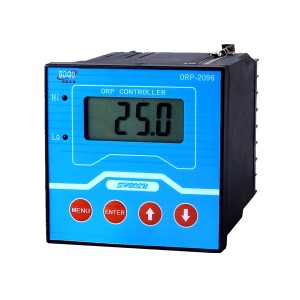What is the function of a Silicate Meter?
A silicate meter is a tool used to measure the concentration of silicate ions in a solution. Silicate ions are formed when silica (SiO2), a common component of sand and rock, is dissolved in water. The concentration of silicate ions in a solution can be an important factor in a variety of industries and applications, including water treatment, agriculture, and the production of certain types of glass. A silicate meter typically works by passing an electrical current through the solution being tested and measuring the conductivity of the solution, which is directly related to the concentration of silicate ions present. Some silicate meters also use spectrophotometry, which involves measuring the absorption of light by the solution at specific wavelengths, to determine the concentration of silicate ions.

Why is Silicate Meter so important?
Silicate meters are important because the concentration of silicate ions in a solution can have a significant impact on various processes and industries. Some of the main reasons why silicate meters are used include:
Water treatment: In water treatment, silicate ions can be used to control the pH of water and to prevent the formation of scale, which is a hard, deposit that forms on pipes and other surfaces when certain minerals are present in high concentrations.
Agriculture: In agriculture, silicate ions can be used to improve the structure of soil and to provide plants with essential nutrients. Silicate ions can also help to reduce the solubility of certain soil minerals, which can improve the availability of certain nutrients for plants.
Glass production: Silicate ions are an important component of certain types of glass, and their concentration can affect the properties of the glass. For example, the concentration of silicate ions in the raw materials used to make glass can influence the melting point and the viscosity of the glass.
Overall, silicate meters are important because they allow for the precise measurement of the concentration of silicate ions in a solution, which can be used to control and optimize various processes and applications.
How do you check a Silicate Meter?
There are a few steps you can follow to check a silicate meter:
Calibrate the meter: Most silicate meters require periodic calibration to ensure accurate measurements. This typically involves using a standard solution of known silicate concentration to verify that the meter is reading correctly. Consult the manufacturer's instructions for specific information on how to calibrate your particular meter.
Test the meter's accuracy: After calibrating the meter, you can test its accuracy by measuring the concentration of silicate ions in a sample solution of known concentration. If the measurement obtained by the meter is within the acceptable range of error, the meter is considered accurate.
Check the meter's precision: You can also check the precision of the meter by taking multiple readings of the same sample solution and comparing the results. A meter with good precision will give consistent results when measuring the same sample multiple times.
Check for any damage or malfunction: Inspect the meter for any physical damage, such as broken or frayed wires, and make sure that all connections are secure. If the meter is not functioning properly, it may need to be repaired or replaced.
It's a good idea to check your silicate meter regularly to ensure that it is functioning properly and providing accurate measurements.
Post time: Jan-04-2023













